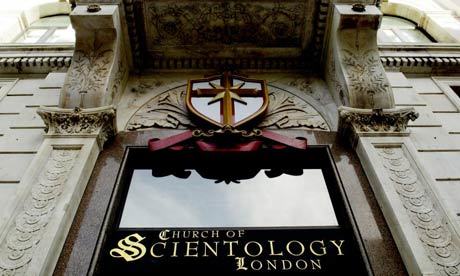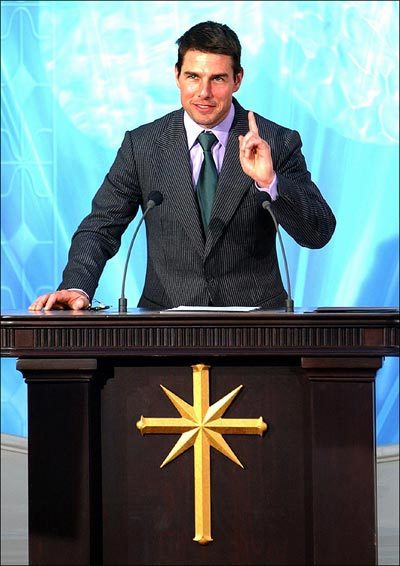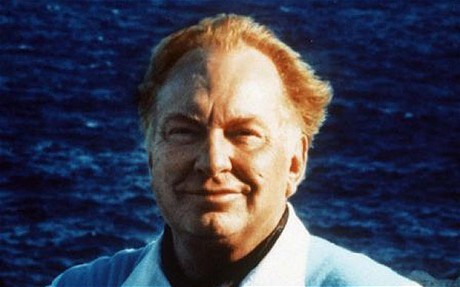Scientology. Everything You Need to Know In 1950, L. Ron Hubbard, an American pulp fiction writer published Dianetics: The Original Thesis, a new science of the human mind that promised to resolve a host of illnesses with far greater efficacy than conventional psychoanalysis. Dianetics attracted a burst of attention but died out, with scientists rubbishing its theories. Some years later, Hubbard re-emerged into the limelight, presenting his philosophy under the name Scientology (Hubbard's earlier claims, that his "science" could cure people, had attracted the eagle eye of the US Food and Drug Administration; hence the relaunch of his enterprise as a religion.). |  |
 | Defining Scientology
In keeping with its stated intent of benefiting society are Scientology's outreach programs, counselling for drug abusers and prisoners, disaster relief and education aids, to name a few. |
| Hubbard died in 1986. Church numbers have dwindled, but to followers, he remains the prophet of a new dawn. In New Mexico (California) and Wyoming, titanium capsules containing Hubbard's writings, lectures and films are stored in vaults designed to withstand nuclear attacks. Is Scientology's disarmingly attractive philosophy for real or a huge fraud perpetrated on gullible seekers of spiritual solace? The story is long from over. |  |